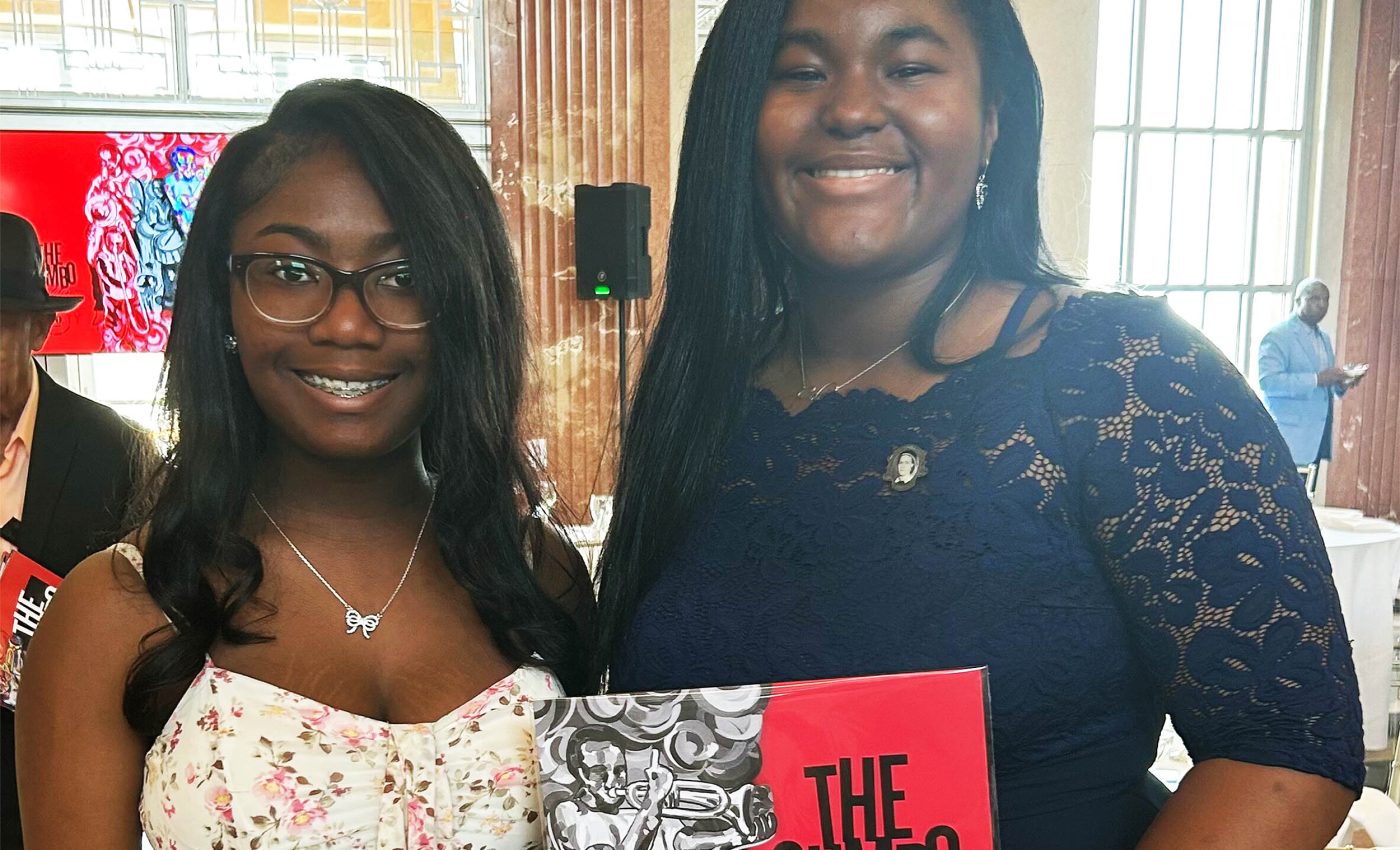
Two American high school girls challenge 2,000 years of math with five brilliant new proofs of Pythagoras' theorem
Trigonometry class has tripped up generations of teenagers, yet none of its puzzles spark more head‑scratching than the classic right‑triangle riddle. The formula a² + b² = c² looks tidy on the chalkboard, but proving why it always works can feel like chasing smoke.
For two millennia, mathematicians have shown the Pythagorean theorem to be true through geometry and algebra; using trigonometry itself was long considered a dead end.
That roadblock has now been cleared by two U.S. high school students who flipped the problem on its head and produced new trigonometric proofs that stand up to expert scrutiny.
Their story began with a small prompt and a modest prize, then stretched into months of late‑night calculations and an unexpected place in the scholarly spotlight.
Pythagorean theorem bonus
Calcea Johnson and Ne’Kiya Jackson were juniors at St. Mary’s Academy in New Orleans when a $500 bonus question in a local math contest dared entrants to find a fresh proof of the Pythagorean theorem.
Working separately at first, each teenager burned through notebook after notebook, bumping into the same obstacle that had stymied countless others: most trig identities assume the theorem is already true.
After four weeks of trial and error, they cracked it – without leaning on that circular logic. Their volunteer coach, retired teacher Larry Rich, saw potential in the work and encouraged them to polish the arguments for a wider audience.
Only twice before had professional mathematicians managed similar feats, so the suggestion sounded far‑fetched. They pressed on anyway.
Days, weeks, months
Weekends, holidays, and after‑school hours disappeared into a blur of diagrams and angle chasing.
Over the next three months, the duo refined one another’s ideas, pushing the number of independent trigonometric proofs from a single breakthrough to five.
By chaining a clever construction to those five, they uncovered a pathway to five more, bringing the total to ten.
Then came a surprise email: the American Mathematical Society’s Southeastern Sectional Meeting in Atlanta accepted their abstract for a March 2023 talk.
The conference hall is usually packed with professors and graduate students – not teenagers. Still, the pair stood before a room full of seasoned mathematicians and laid out their logic step by step.
Riding high on the Pythagorean theorem
“I was pretty surprised to be published,” says Ne’Kiya Jackson. “I didn’t think it would go this far.”
“To have a paper published at such a young age – it’s really mind‑blowing,” agrees Calcea Johnson.
Their results caught more than academic eyes. New Orleans officials handed both students keys to the city, and former First Lady Michelle Obama sent personal congratulations.
The American Mathematical Monthly, a journal founded in 1894 to bridge classroom and research math, published their paper – an honor few undergraduates ever see, let alone recent high‑school graduates.
Ten new proofs, new perspective
The publication lays out five brand‑new proofs plus the method that spins them into ten.
Johnson and Jackson argue that confusion around trigonometry often springs from the fact that the word “trigonometry” hides two distinct systems.
When educators separate the pair instead of blending them, hidden symmetries emerge, including new routes to the famous theorem.
“It’s very exciting for me, because I know when I was growing up, STEM wasn’t really a cool thing. So the fact that all these people actually are interested in STEM and mathematics really warms my heart and makes me really excited for how far STEM has come,” Calcea Johnson enthused.
Juggling college life and LaTeX
By the time peer reviewers finished their checks, both authors were freshmen – Jackson in the pharmacy program at Xavier University of Louisiana and Johnson studying environmental engineering at Louisiana State University’s Ogden Honors College.
Balancing calculus lectures, chemistry labs, and first‑year essays with the technical demands of LaTeX typesetting took grit.
“I am very proud that we are both able to be such a positive influence in showing that young women and women of color can do these things, and to let other young women know that they are able to do whatever they want to do. So that makes me very proud to be able to be in that position,” says Johnson.
Why does any of this matter?
Della Dumbaugh, editor‑in‑chief of American Mathematical Monthly, writes, “The Monthly is honored and delighted to publish the work of these two students on its pages.
“Their results call attention to the promise of the fresh perspective of students on the field. They also highlight the important role of teachers and schools in advancing the next generation of mathematicians.
“Even more, this work echoes the spirit of Benjamin Finkel, who founded the Monthly in 1894 to feature mathematics within reach of teachers and students of mathematics.”
For classrooms wrestling with trig today, the work offers concrete new examples and a reminder that great ideas are not age‑restricted.
For students who don’t see themselves reflected in textbooks, it’s an inspiration – proof that determination, mentorship, and a $500 spark can redraw the boundaries of a 2,000‑year‑old subject.
The full study was published in the journal American Mathematical Monthly.
—–
Like what you read? Subscribe to our newsletter for engaging articles, exclusive content, and the latest updates.
Check us out on EarthSnap, a free app brought to you by Eric Ralls and Earth.com.
—–













